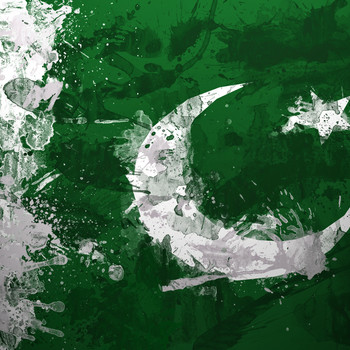Question #6dcaf
2 Answers
a process in which plants prepare their own food
Explanation:
photo means "light" and synthesis means "to make food". photosynthesis is the process in which plants use water and carbon dioxide released in the result of the process of respiration and chlorophyll to make food, oxygen and energy in the presence of sunlight..
Equation:
water+carbon dioxide=oxygen+food+energy
Simple definition:
Photosynthesis is a process by which plants, green algae and other photosynthetic organisms having chloroplast or other photosynthetic machinery, synthesize their own food using sunlight as energy source.
Explanation:
Exact Biological definition:
Photosynthesis is a process in which energy-poor inorganic oxidized compounds of carbon(i.e
This process can be summarized as:
Brief concept:
This process is basically divided into two steps i.e Light reactions and dark reactions (also known as Calvin cycle or
During light reactions, the sunlight energy absorbed by photosynthetic pigments(present in thylakoid membranes) is converted into chemical energy of
And then in dark reactions this chemical energy is used to produce sugars in stroma of chloroplast.
wn food using the sunlight energy.
There are also some photosynthetic organisms without chloroplasts. For example: Photosynthetic prokaryotes lack all the membrane bounded organelles, so also lack chloroplast but they do perform photosynthesis. The reason is that they have unstacked photosynthetic membranes which work like thylakoids.
Hope it helps...


